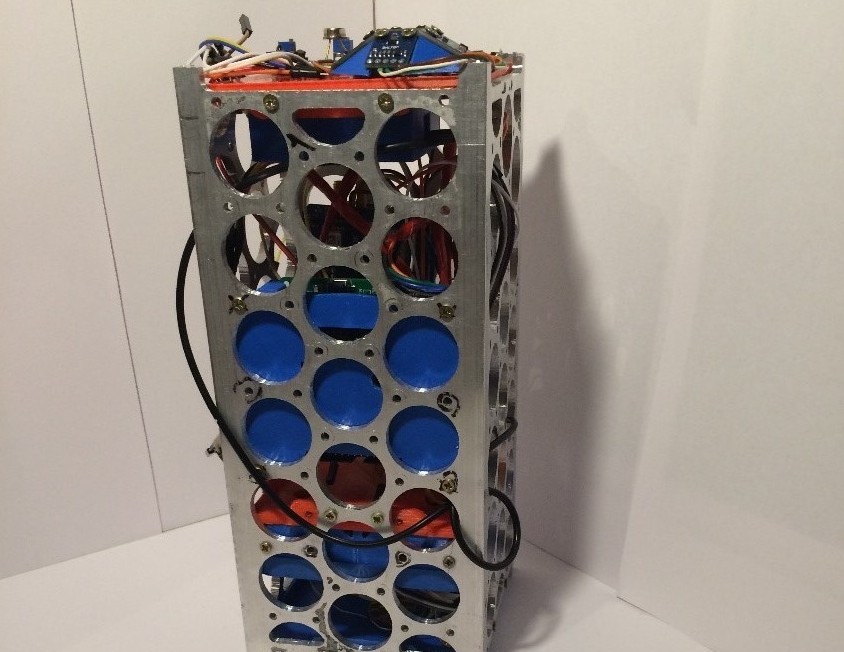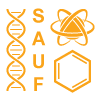Launch of Nanosatellites by Students of Belarusian State University and Pupils of the Belarusian State University Lycée.

A project on creation and launch of two nano-satellites will be implemented within CanSat Championships in Russia, with support from Science Around Us.
This year, the student team gained some followers: a team of Grade 10 and 11 pupils of the Belarusian State University Lycée. With their satellite designs, both teams performed well this winter (February 2016) in Moscow in the Championships’ qualifying session. A team of students of Belarusian State University took first place in the overall standings and has been admitted to compete in the main event. Belarusian State University Lycée team successfully defended their design and has been admitted to the launch in summer 2016.
The unit designed by the Lycée pupils weighs 350 grams and will be launched to an altitude of about 1 km with the aid of a special rocket. By participating in the project, the Grade 10 and 11 Lycée pupils will learn how to set scientific problems, apply advanced research methods and to solve experimental problems associated with the development of additional payload, to analyse the data obtained and use the research results in practice. They would need to solve the mandatory scientific problem of measuring the temperature distribution and the pressure on the descent path. As additional scientific task for the team would be to determine what percentage of the Earth’s surface is covered by vegetation.
The unit designed by the Belarusian State University students will rise to about 35 km on a stratospheric balloon. The technical problems the team needs to solve include measuring temperature distribution and pressure during ascent and descent, measuring the 3 components of acceleration, taking a picture of the Earth within the period of 0 – 10 seconds after the start of the unit’s descent. The following additional tasks will need to be performed: plotting the unit’s path based on the accelerometer readings and analysis of the unit’s flight telemetry at the receiving station during its flight. Using special equipment, the team will also carry out comprehensive monitoring of the Earth’s surface and the atmospheric layers near it.
Links:
-
Championships website: http://roscansat.com/
-
Achievements of satellite development team members: http://bsu.by/main.aspx?guid=235071&detail=718033
-
Launch of BelNanoSat Mark3 nanosatellite: http://aprs.fi/#!call=a%2FEU1XX-11&timerange=3600&tail=3600


